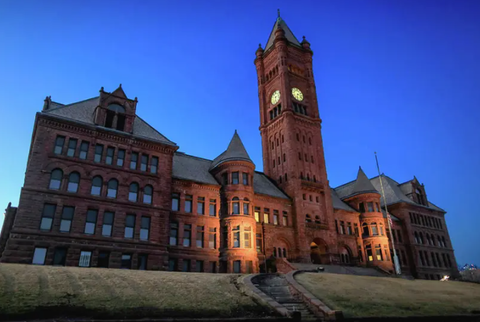Fiscal year 2023 and historic school building projects
Key findings
- $107 million direct investment by project developers into the seven historic school building projects.
- These investments spurred economic activity in Minnesota through spending for construction-related supplies and spending by workers on the projects.
- $180 million of economic activity was generated from six projects and supported 798 jobs.
- Every dollar of state tax credit invested in reusing historic school buildings generated between $10.70 and $14.40 in economic activity from the rehabilitation work.
- For the seven school building reuse projects, the state of Minnesota:
- Has already or will award $18.5 million of tax credits
- Collected an estimated $8.2 million in state and local taxes – meaning the projects repaid 44 percent of the tax credit upon completion.
- On a local jurisdiction level:
- Public school buildings are classified as exempt from property taxes.
- Once the properties are sold to the developer and start producing income, local jurisdictions also begin to collect property taxes, contributing to the local tax base.
About the report
Developers have used Minnesota’s Historic Structure Rehabilitation Tax Credit to rehabilitate a wide variety of historic buildings in Minnesota. Among them are warehouses, manufacturing facilities, hotels, and even movie theaters.
Historic school buildings, found throughout Minnesota, are also conducive to reuse utilizing historic rehabilitation tax credits. As school districts build new facilities to meet ever-evolving educational needs, student safety concerns, and community security requirements, they often vacate existing school buildings. These buildings are usually in the heart of the community and reflect the history and character of the region.
Since the state tax credit’s launch, seven historic school buildings have received approval for the historic tax credit. In turn, six have been, or are being, repurposed for housing. The seventh was rehabilitated for a community-centered space. Developers used five strategic approaches to complete the housing-related projects. This report dives into those projects.
- Approach 1: Leveraging private investment
- Approach 2: Developing private-public partnerships
- Approach 3: Creating community partnerships
- Approach 4: Addressing affordable housing shortages
- Approach 5: Creating community-centered spaces
Summary of findings since 2011
Related reports: Minnesota Historic Rehabilitation Tax Credit
Reviewed in 2024


